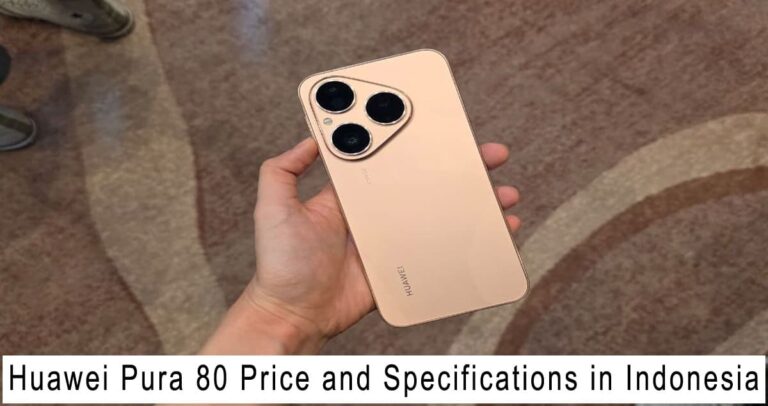
Top 5 Best-Selling Smartphone Brands in the World
Top 5 Best-Selling Smartphone Brands in the World – If you’re someone who follows global smartphone trends—whether for market research, business decisions, or just out of pure tech passion—Canalys’ shipment data for the first quarter (Q1) of 2025 is something you don’t want to miss. https://wearegntlmen.com
Canalys, a global tech market research firm, just published its latest report, and the results are quite interesting. Samsung is still sitting comfortably at the top, while Apple and Xiaomi are battling it out close behind. But raw numbers only tell part of the story—so let’s dig deeper into what’s really going on behind the data.
Top 5 Best-Selling Smartphone Brands in the World According to Canalys (Q1 2025)
| Rank | Brand | Shipments (Million Units) | Market Share | YoY Growth |
| 1 | Samsung | 60.5 | 20% | +1% |
| 2 | Apple | 55.0 | 18% | +13% |
| 3 | Xiaomi | 41.8 | 14% | +33% |
| 4 | Transsion | 28.5 | 9% | +84% |
| 5 | Oppo | 25.6 | 9% | -9% |
Source: Canalys Smartphone Market Pulse Q1 2025
1. Samsung: The Undisputed Smartphone King
Samsung holds on to the top spot with 60.5 million units shipped. The growth may be a modest 1%, but considering how volatile the market has been, that’s still impressive.
What’s driving the numbers?
- The Galaxy S24 Ultra’s inaugural release
- Mid-range market expansion for the Galaxy A series
- Distribution of aggression in the Middle East and South-east Asia
Samsung’s balanced strategy between high-end and mid-range phones is paying off—an important note for those targeting middle-class consumers through OEM or after-sales services.
2. Apple: Riding High on Premium Strategy and Strong Markets
iPhone grew 13% YoY and Apple has shipped up to 55 million. Their focus on premium segments continues to deliver.
Key takeaways:
- iPhone 15 Pro and Pro Max are still leading the way
- Major growth in Asia-Pacific and the US
- Bundled services like Apple One and iCloud+ add significant value
If you’re in the luxury tech space, this is a strong signal that premium smartphones still have serious market pull.
3. Xiaomi: The Dark Horse on the Rise
Xiaomi may not be number one, but their 33% YoY growth is a big deal. In Q1 2025, they shipped 41.8 million devices.
What’s working for them?
- Thriving markets in India, Eastern Europe, and Latin America
- Hot-selling sub-brands like the Redmi Note 13 Series
- A new, lighter MIUI version that appeals to both new and power users
If you’re running a gadget community or e-commerce business, Xiaomi is a brand worth aligning with.
4. Transsion: Quietly Dominating Emerging Markets
You might not hear much about them in mainstream circles, but Transsion is killing it in Africa, South Asia, and parts of the Middle East.
They shipped 28.5 million units under its brands, Tecno, Infinix, and iTel, which drove them to an 84% YoY rise. Fantastic.
What sets them apart:
- Super competitive pricing
- Region-specific features like AI cameras tailored to darker skin tones
- Strong offline distribution network
Transsion is a perfect case study for anyone focusing on the entry-level market or expansion into emerging economies.
5. Oppo: Caution Flags Are Waving
Oppo rounds out the top five but with a 9% YoY decline. In Q1 2025, they shipped 25.6 million devices.
Where they’re struggling:
- Still strong in China and Southeast Asia, but losing ground to Xiaomi and Transsion
- Sub-brand Realme is losing momentum
- Flagship innovations not quite matching up to Samsung or Apple
Oppo still has strong brand recognition, but it’ll need a fresh strategy to maintain its spot.
Final Thoughts: Numbers Matter, But Strategy Wins
Canalys’ Q1 2025 report isn’t just about who sold the most phones. It’s about who executed the right strategy—from product design and pricing to market penetration.
So if you’re:
- Running a phone distribution business
- Managing a tech-focused e-commerce site
- A content creator in the gadget space
- Or just a true tech geek
…this data gives you a clear picture of where the smartphone industry is heading next.
Stay tuned for the Q2 update—who knows what surprises it might bring?



